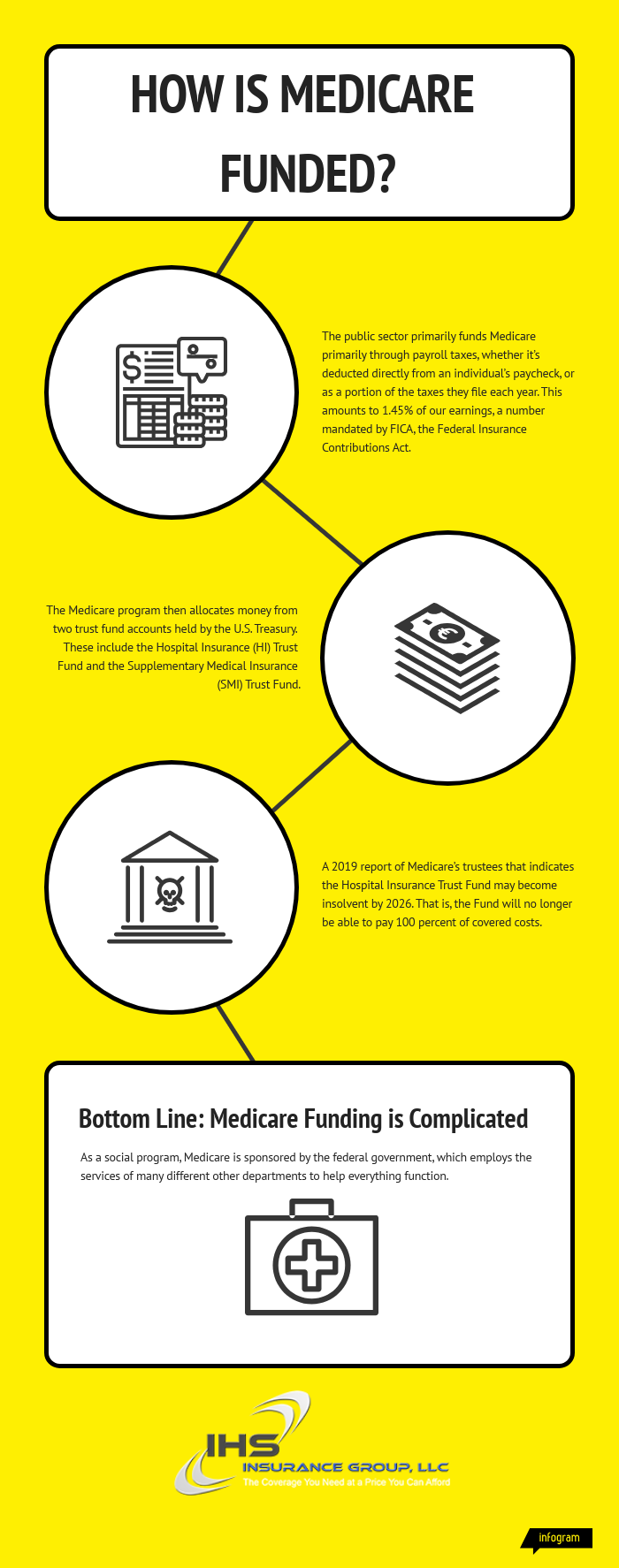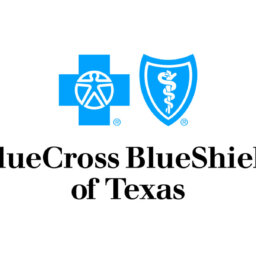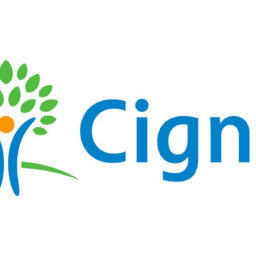
The Different Ways Medicare Receives Funds
As a social program, Medicare is sponsored by the federal government, which employs the services of many different other departments to help everything function.
For example, the program is administered by the Centers for Medicare and Medicaid Services (CMS), which is a department of Health and Human Services. All the while, the Social Security Administration actually funds Medicare, and also determines eligibility and coverage levels for enrollees, while the Department of Labor and Treasury enacts insurance reform.
Together, these agencies work to ensure Medicare covers more than 58 million people, with a total 2018 spending of $750 billion.
But where does all of this money come from? In other words, how is Medicare funded? That’s the primary question we’ll help answer in this article.
Medicare Funding Step #1: Collect Money
The public sector primarily funds Medicare primarily through payroll taxes, whether it’s deducted directly from an individual’s paycheck, or as a portion of the taxes they file each year. This amounts to 1.45% of our earnings, a number mandated by FICA, the Federal Insurance Contributions Act.
Note: Higher-income taxpayers (those who earn more than $200,000 as a single person, and $250,000 as a married couple) pay a slightly higher percentage at 2.35.
Employers pay another 1.45% tax on behalf of their employees, bringing the total Medicare tax to 2.9%.
Self-employed? If so, then you’re responsible for the entire 2.9%, although Investopedia reports that you can “deduct half of this cost as a business expense” against adjusted gross income.
Finally, some taxpayers might have to pay an additional 3.8% Medicare tax on “all taxable interest, dividends, capital gains, annuities, royalties, and rental properties that are paid outside of individual retirement accounts or employer-sponsored retirement plans.”
Medicare Funding Step #2: Allocate Funds
The Medicare.gov website explains that the Medicare program then allocates money from two trust fund accounts held by the U.S. Treasury. Let’s briefly explore each in greater detail.
Hospital Insurance (HI) Trust Fund
Medicare’s Hospital Insurance Trust Fund receives payroll taxes from employers, employees, and self-employed individuals, in addition to “income taxes paid on Social Security benefits,” “interest earned on the trust fund investments,” and “Medicare Part A premiums from people who aren’t eligible for premium-free Part A.”
If you buy Part A, you’ll pay up to $458 each month.
Related: Podcast: What Are the Different Parts of Medicare?
According to the Kaiser Family Foundation (KFF), “In 2013 (the most recent year for which actual data are available), these taxes accounted for 88 percent of the $251 billion in revenue to the Part A Trust Fund.”
These funds are then used to pay for different hospital-related benefits like inpatient care, home health care, and hospice care, along with administrative costs such as paying benefits, collecting taxes, and so forth.
Supplementary Medical Insurance (SMI) Trust Fund
Compared to Hospital Insurance, this Trust Fund, which is authorized by Congress, pools premiums from Part B and Part D enrollees, along with “other sources, like interest earned on the trust fund investments.”
For 2020, the standard Part B premium amount is $144.60, although this could be as high as $491.60 if you earned more than $500,000 last year.
Related: Which Coverage Does Medicare Part D Provide?
Then, the Trust uses this money to pay for Part B and Part D benefits, as well as for administration, fraud, and abuse prevention costs.
Will Medicare Eventually Run Out of Funds & Go Bankrupt?
The short answer? No.
However, the Center on Budget and Policy Priorities cites a 2019 report of Medicare’s trustees that indicates the Hospital Insurance Trust Fund may become insolvent by 2026. That is, the Fund will no longer be able to pay 100 percent of covered costs.
“Even in 2026, when the HI trust fund is projected to be depleted,” they continue, “incoming payroll taxes and other revenue will still be sufficient to pay 89 percent of Medicare hospital insurance costs.” Of course, this means that enrollees will be responsible for making up the shortfall with higher out of pocket costs.
Then, they say, this share will continue decreasing until bottoming out at 78 percent in 2043, which will then gradually rise to cover 83 percent of costs by 2093.
On the other hand, the CBPP emphasizes that “The 2026 date does not apply to Medicare coverage for physician and outpatient costs or to the Medicare prescription drug benefit; these parts of Medicare do not face insolvency and cannot run short of funds.”
Related: 4 Potential Medicare Part D Pitfalls and How to Avoid Them
Bottom Line: Medicare Funding is Complicated
As mentioned at the beginning of this article, Medicare funding is involved. Now, though, you have a better understanding of how it works, where your tax money goes, and what the future holds for the social program.
Do you have additional questions about Medicare, including which coverage is right for you and your individual needs? That’s where the IHS Insurance Group team comes in.
We’re here to help you find a plan that meets your needs, from both coverage and premium perspectives—regardless of how much the federal government chooses to cover now or in the near future.
Need a FREE Quote or have questions regarding Medicare Coverage? We have three convenient ways to reach us:
- If you prefer to talk to a licensed agent directly, please call (866) 480 5063.
- If you prefer to fill out a quick form and have an agent get back with you at your convenience, use the GET A FREE QUOTE.
- Lastly, for those that want an immediate quote, please click HERE.
Also, check out our Medicare FAQ’s here.
















